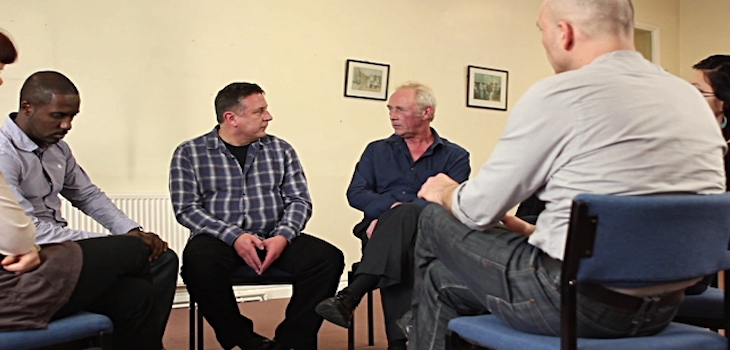How Do We Define Betrayal?
When secrets are revealed, and they are come across in a myriad of ways, betrayal is identified. Secrets of infidelity appear usually by surprise. Disclosing secrets is not typically a proactive experience.
Let’s start with a definition of secrets. That is key because there is a difference between secrecy and privacy. Secrecy holds with it not just an element of privacy but, somewhere within, a betrayal to the contract the individual has with another. Inherent to this definition is that betrayal is defined by the betrayed. That is, it is the betrayed who determines if the private act is, in fact, a contractual relationship breach.
Betrayal Extends Beyond the Bedroom
Secrets, indiscretions or affairs are not limited to the bedroom. Further, bedroom hastiness or chronic compulsive acting-out extend to a variety of behaviors outside of sex, flirting, porn, etc. For example, a man who has privately, without anyone’s knowledge, engaged in cross-dressing. Or a man whose paraphilia of women’s platform shoes was overwhelming and most difficult to hide. These are private and may or may not be construed by the partner as a betrayal. But then again, this concept applies to any of these acts yet without the secrecy they might not qualify.
Disclosing secrets and infidelities, and hence betrayals, extend into all aspects, not just physical and emotional/romantic intimacy. They extend to our relationship with money, eating, substances and other. So too is the woman who chronically failed to tell her husband that the bills were higher than their income, which required periodic and cyclic fixes, was engaging in financial betrayal. Or the man who was secretly having his ice cream daily despite his wife and doctor’s orders. Of the addict that smokes pot secretly on the dog walks in the evenings when she knows her husband is against it and in fact, she has just come out of recovery.
A Formal Disclosure Can Help
The concept of formal disclosure originated from the work with addiction, particularly sex addiction or out-of-control sex behavior. The concepts were, in a way, at use with other addictions wherein one had to come clean and take stock and accountability of their actions. However, given the very nature and devastation of sexual transgressions, engaging in a secretive behavior identified as ‘infidelity,’ comes a formal process for coming clean to one’s spouse or partner. M. Deborah Corley Ph.D. and Jennifer Schneider M.D. Ph.D. have done an excellent job of instructing how, how much, where when, etc. of what to disclose. Their books, Disclosing Secrets and Surviving Disclosure, are applicable to betrayal in addiction, not just sex-addiction.
The format and structure is a process that has been useful yet not always accomplished in a linear fashion. That is, it’s not always one and done. For one, not all addicts disclose what they need to or honestly in the first go around in a professional, structured setting, and they are known for their denial and deceit.
Secondly, there are ways to disclose and ways not to disclose. The sex-addiction movement encourages that both victim and cheater agree as to what is said and what is not. It’s not just what the perpetrator wants to share it’s also what the partner is ready to hear and process. Often, with sex addiction for example, however, they are encouraged to cite details, such as a list of people with whom they have been or how many people in a time frame with which they had sex. A disclosure might include where they went or how often they went there. I have heard of disclosures where sordid details do nothing more than to create noxious images for the partner. There needs to be a realistic understanding of what is necessary for healing. Typically, this will include a narrative in the context of the relationship and his/her life; that is, it needs to have meaning assigned to it. With honesty and readiness with all parties involves, this process takes shape and helps with healing and builds intimacy.
Details Help Make Meaning and Create Images
Disclosing of details around the infidelity is not a pre-requisite to healing. It’s clear, ‘the devil is in the details’; that is, meaning is extracted from the pattern as that is where it resides. In fact, I tell my couples that the details are for therapy to help make meaning but not necessarily for the partner. The details, which provoke images, are not for the partner as they create post-traumatic stress and can be re-traumatizing. Rather, the creation of a narrative that has meaning and answers is what will help couples make meaning of their experience.
Given this, there is often the need to have more than one disclosure, one at the outset to show truth and accountability and one down the road, following intense internal work that allows the story to come out differently. With each telling more is integrated, learned, and forgiven and permits growth and movement of the couple-ship to a place of high trust, intimacy, connection, and safety.






